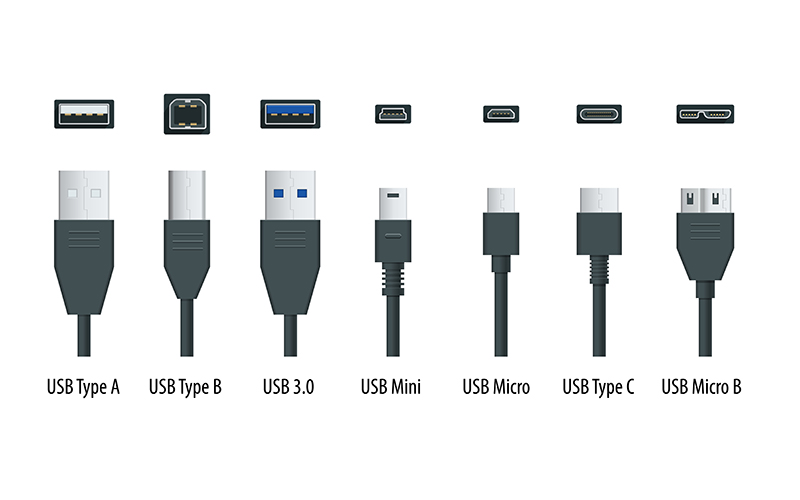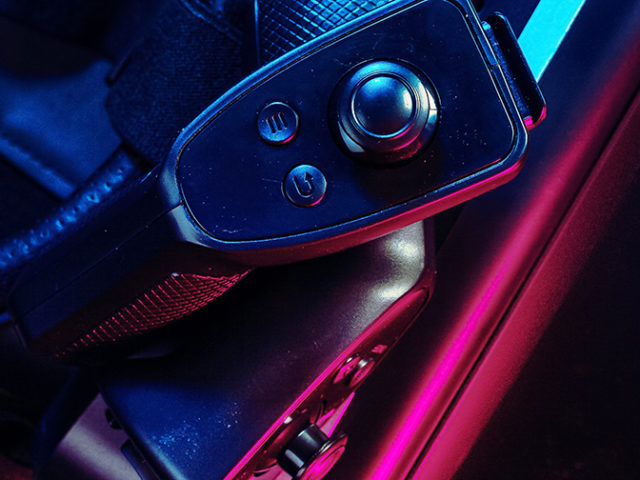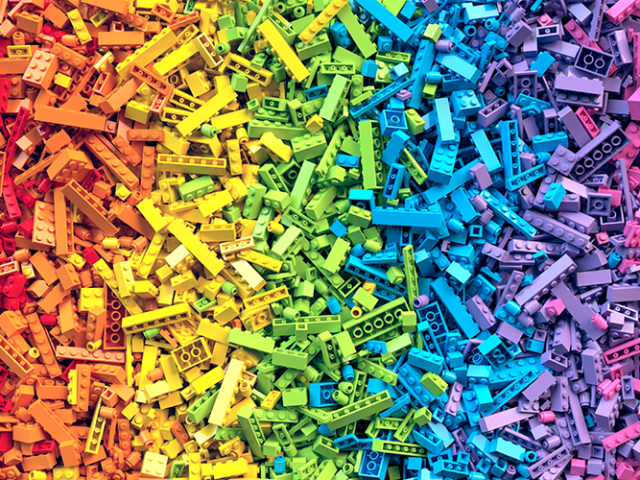The term USB is short for Universal Serial Bus. As a quick refresher, a “bus” is a circuit arrangement or communication system that is used to transfer data between components in a system. A “serial” bus, in this case, transmits data one bit at a time over a single wire.
A USB connector, however, can not only carry data to and from components, but also electrical power, and can accommodate many different hardware devices, ranging from printers and keyboards to cell phones and flash drives.
Prior to the development of the USB protocol, computers used both serial and parallel ports to accomplish data transfer, with individual devices employing various proprietary plugs, connectors, cables, expansion cards, and the necessary drivers. Data transfer rates were slow, with parallel ports running at about 100 kilobytes (kB) per second and serial at 115 to 450 kilobits (kb) per second.
You can read the full blog, What you need to know about USB connectors and USB cable, on the Same Sky website.




